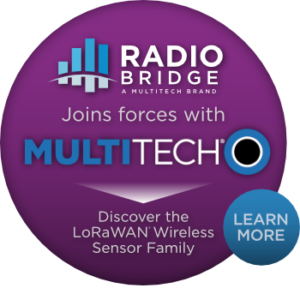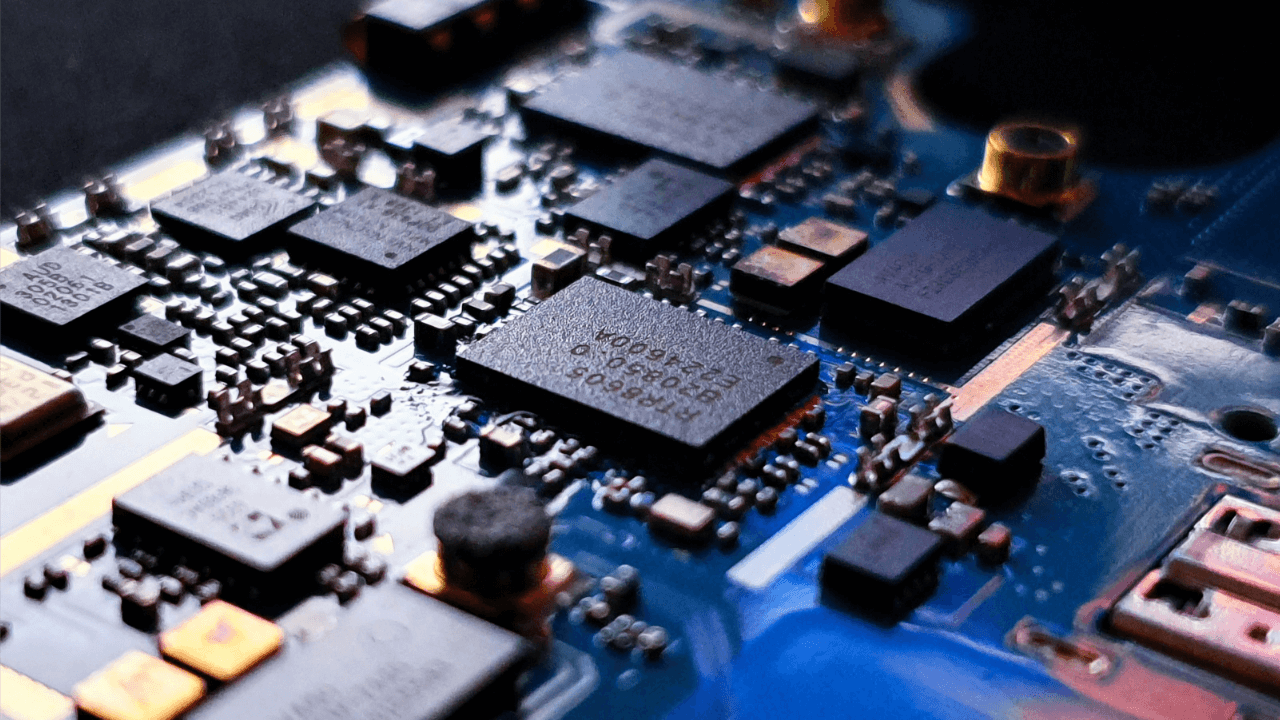
Leaders must consider many factors before going down the custom Internet of Things (IoT) design path. Moving forward without adequate preparation can create problems after sensors are deployed in the field. Organizations risk sacrificing the ROI of their digitization projects if they don’t have the right support and expertise along the way.
Customized LoRa-based systems should create new efficiencies and enable innovative applications that aren’t immediately possible. By enhancing network components, operators generate new revenue and cost-savings opportunities for their companies.
Here, we highlight the factors businesses should keep in mind as they explore custom LoRaWAN® engagements. We also address common unanticipated challenges that hinder network performance in the long run.
Consider Before You Customize
IoT, now a common buzzword, is still a relatively new concept. Many companies are trying to digitize existing infrastructure, but few are excelling without outside help. Converting operational technology (OT) that feeds into information technology (IT) systems is complex on its own, which is why adding customization to the mix can complicate things even more.
Keep the following considerations in mind before jumping into custom IoT projects.
Cost
One of the most important considerations is cost. High-volume and low-volume applications differ significantly in what they require from a technology perspective. Organizations need clarity regarding the nature of their future applications and potential expenses related to components, cloud management, system design, and further customization.
High-volume applications, for instance, often require more engineering work up front to fully optimize minor costs in the system. In contrast, lower-volume applications require much less engineering effort on the front end and are typically more concerned with time to market.
In low-volume applications, finished off-the-shelf components and modules may be used to minimize upfront development costs, whereas high-volume applications may require custom design and optimization of individual system components. These “make-vs-buy” trade-offs are key to a successful project.
Low power
A major advantage of IoT networks is that devices can operate for years on a single battery without replacement. Before exploring a new IoT design, leaders should research what types of sensors they need, as well as the power consumption characteristics of those devices.
The way in which operators configure sensors also affects battery life. For example, a device that sends measurements every 5 minutes will consume more power than devices that only transmit when measurements exceed thresholds, such as a temperature sensor reporting only when readings fall below freezing. The latter approach greatly extends battery life.
Ease of Use
Another critical factor is how easily networks and devices will be set up, provisioned, and managed. Operators should recognize that there is a trade-off between configurability in the field and ease of use.
An advanced user may want significant configuration for detailed technical parameters. However, this may prevent technicians from making devices work well once deployed. On top of that, custom wireless sensors can increase or decrease complexity depending on what exactly is being altered.
Scalability
Network scale determines how much cloud computing capacity is required. There’s a tremendous difference between supporting hundreds, thousands, or millions of IoT sensors. In some cases, customization can help increase network efficiency as organizations can design sensors that combine the functionality of multiple devices.
Typically, systems that need to scale are better off putting more intelligence in the cloud, which can easily be updated down the road. The same wisdom applies to placing the network server in the cloud rather than on the gateway at the edge. Too much intelligence on too many gateways in the field can cause firmware upgrade challenges.
Security
In the Digital Age, security is becoming increasingly important. Businesses must ensure all data streams and devices are protected from both physical and cyberattacks. Vulnerable networks can put processes and people at risk.
Key management is vital when it comes to security. Leaders should use the following questions to guide their decisions in this area:
- Can you read the keys out of the device?
- Are keys listed on a label?
- Does the device need to be secure if someone can access it physically?
- Does the device send an alert if tampering is detected?
Companies can also bolster the security and reliability of their networks through customization, if necessary. At Radio Bridge, a MultiTech brand, our sensors typically have multiple types of tamper protection. We can also update designs as needed for specific use cases.
Ultimately, users need to consider how important security is in their particular application to determine the best path forward.
Schedule
Time-to-market requirements should also impact the custom vs. standard IoT design decision. Businesses that need to launch IoT applications sooner rather than later may not have enough time to invest in custom sensor or system design and may be better off going the “buy” route versus the “make” route.
Leaders who plan ahead, however, can prototype new types of devices and invest in high-performing sensor-to-cloud solutions. In general, we recommend that the first design be simple and include minimal features. Doing so enables developers to get to market quickly. Additional features can be added later, if required.
Certification
On the regulatory front, leaders must understand what compliance and safety certifications are required for their products. Some off-the-shelf sensors aren’t immediately compliant with the latest domestic and international standards. As a result, companies may need to customize devices accordingly.
Oftentimes, when you change the hardware containing RF and wireless components, devices need to be recertified. Additionally, some certifications cost more than others. For example, changing an antenna type or doing a “chip down” radio design will cost more than a different approach, such as using a per-certified radio module.
Mechanical
Finally, mechanical features are also important in the IoT design decision-making process. Developers should consider all physical requirements, including size, shape, and how enclosures affect antennas.
The manner in which an enclosure is mounted can be critical to the design, and many designers do not consider RF performance. Production-level assembly costs are often not considered when creating a custom mechanical design, and this will often greatly affect overall product costs.
Challenges of LoRaWAN Sensor & System Design
Both LoRaWAN system design and sensor customization require significant expertise. Developers must be able to piece together numerous components and ensure sure they work together seamlessly.
Although there are public codebases and reference designs freely available, many are unreliable in the field. Operators typically have to refine out-of-the-box devices or fix design issues upfront before they can successfully implement their unique LoRaWAN application.
Below are a few examples of overlooked issues that can arise when using open-source codebases and reference designs for individual sensors:
- Harmonics of uplink signals can transfer to nearby (but incorrect) wireless channels
- Network servers can send devices the wrong channel masks
- Gateway/network server sub-bands may change randomly
- Downlink configurations can become corrupted
- Devices may attempt to connect to LoRaWAN networks in an unknown state
On the system design side, operators should have answers to the following:
- Will you use a cloud-based or locally hosted network server at the edge?
- Do you want a free LoRaWAN network server or a managed network server? If a free LNS is chosen, are you confident you can make it scale reliably?
- Will gateways serve as packet forwarders, or do they need to perform tasks at the edge?
- How will you handle downlinks to reconfigure devices in the field?
- How will you scale to support thousands or tens-of-thousands of devices at multiple locations?
Over the years, Radio Bridge has addressed these issues and hundreds more in real-world deployments. Because we adopted LoRaWAN technology early, our team has had ample time to test against all major gateway vendors, network servers, regional frequency bands, and other critical factors that impact custom IoT deployments.
Going the Data-as-a-Service Route
It doesn’t always make sense for companies to invest in designing or purchasing their own LoRaWAN infrastructure right off the bat. Those who are hesitant to commit fully to an IoT solution due to questions around ROI can first test the waters with Data-as-a-Service (DaaS) offerings.
These services enable leaders to see what kind of field data they could potentially collect if they were to digitize their infrastructure. As a result, they can estimate the potential value of building a custom IoT network, as well as identify what talent gaps need filling across the organization.
Fortunately, Radio Bridge has an IoT Data-as-a-Service offering that companies can use before they develop their own LoRaWAN infrastructure. Our solution enables leaders to assess the value of the IoT with minimal capital expenditures. Clients can end their DaaS subscriptions should they realize it is not valuable for their specific needs.
Unleash Your IoT Potential With Radio Bridge
Launching an IoT network, especially one that involves significant customization, can be a huge undertaking. Companies should only power ahead if they have the right talent in-house or a capable partner with deep implementation experience.
Over the years, we’ve helped organizations deploy numerous end-to-end IoT projects, including:
- Temperature and cold chain monitoring for refrigeration applications
- Building security monitoring with door/window sensors, PIR motion, and panic buttons
- Air quality monitoring for heat index and dangerous gases with air sensors
- Utility pole monitoring with tilt and temperature sensors
- Flood damage mitigation with water leak and frozen pipe sensors
- Valuable asset monitoring with movement and air quality sensors
- Industrial monitoring with vibration sensors
Don’t see your specific LoRaWAN application here?
Contact us today to discuss your unique IoT needs and customization requirements.





